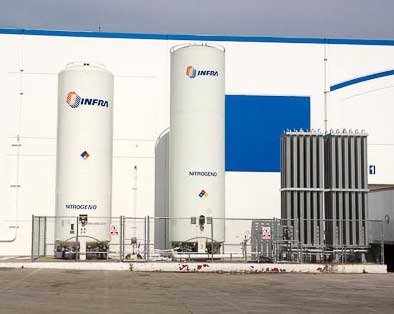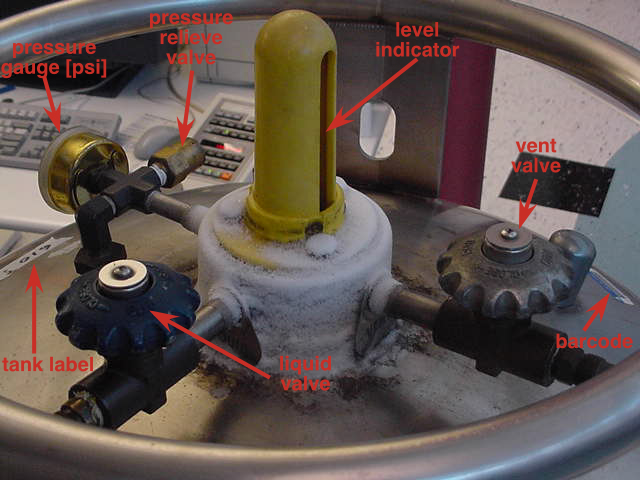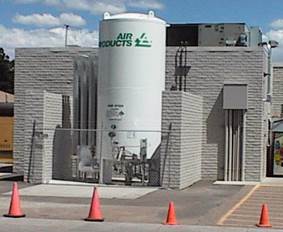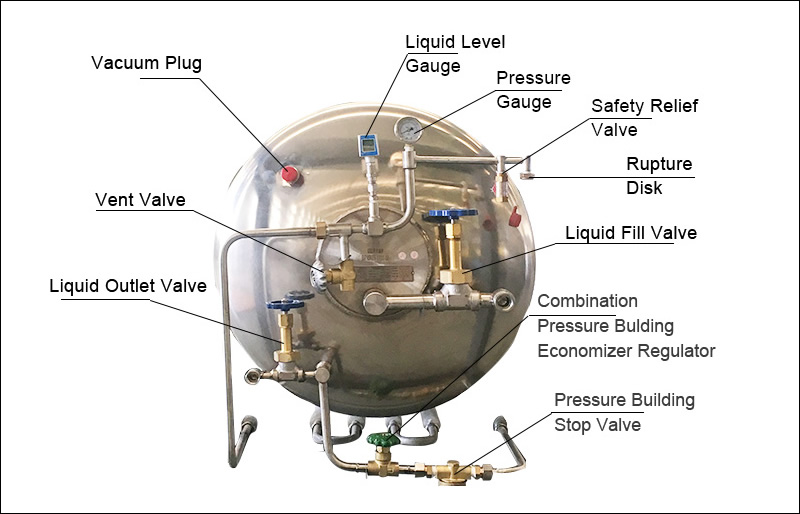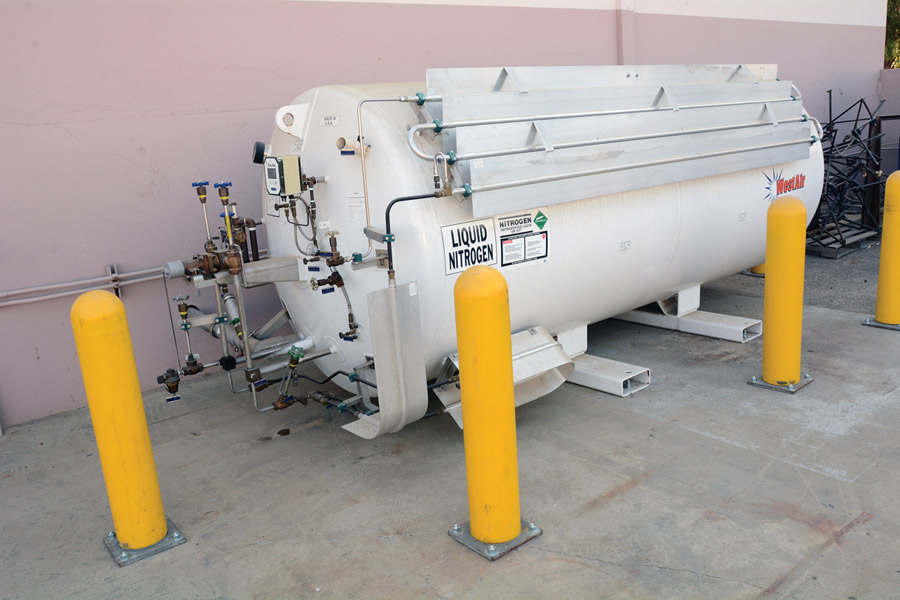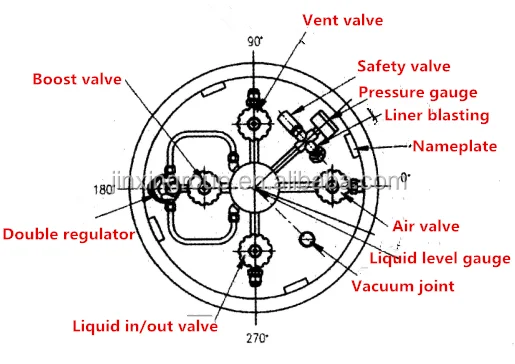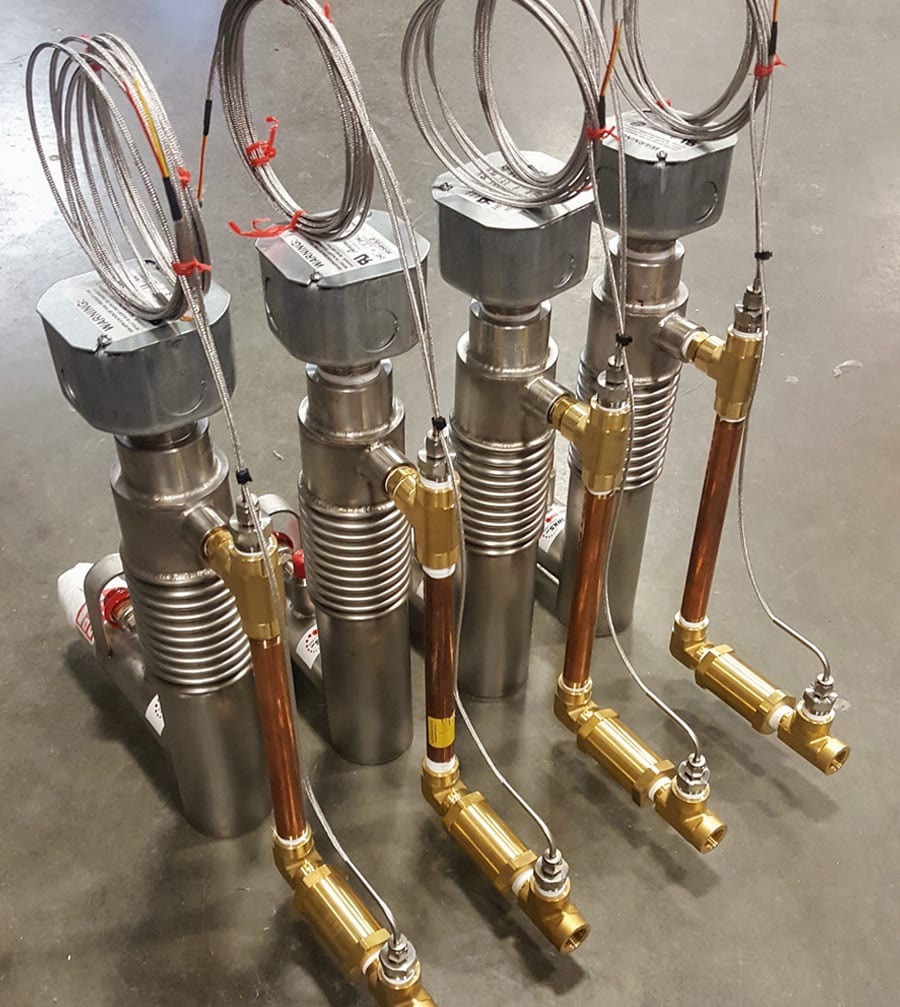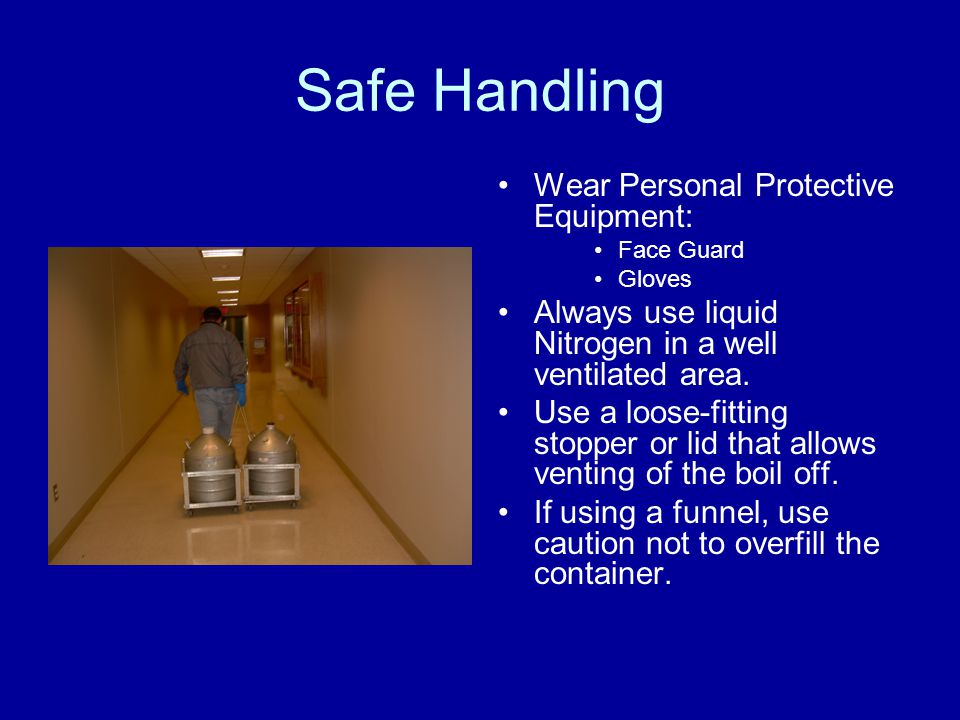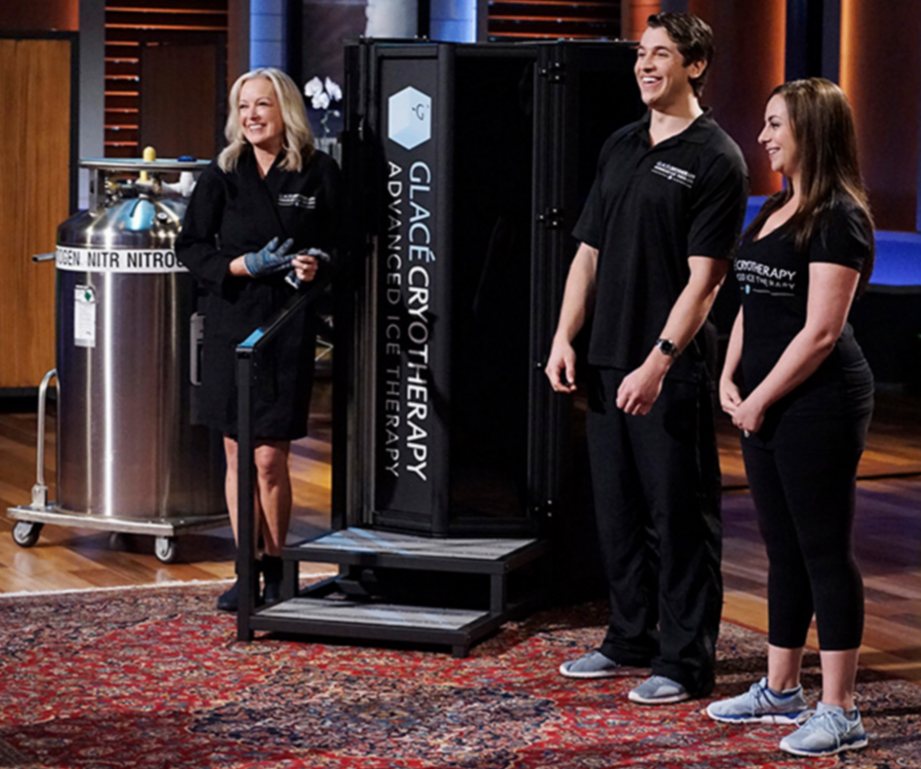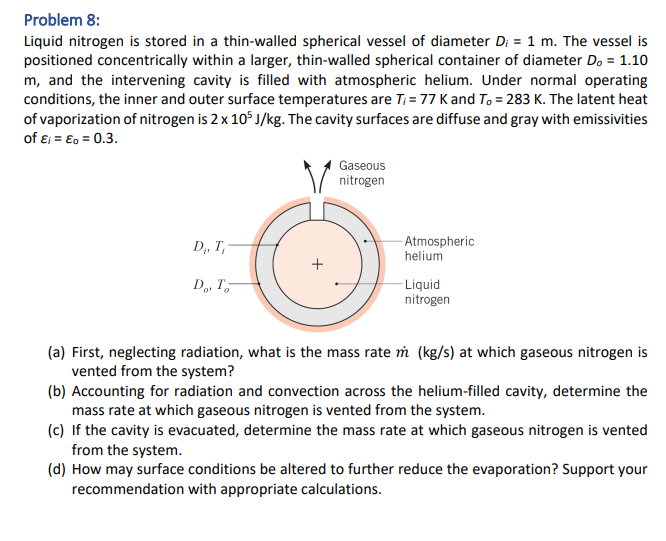Liquid Nitrogen Tank Venting
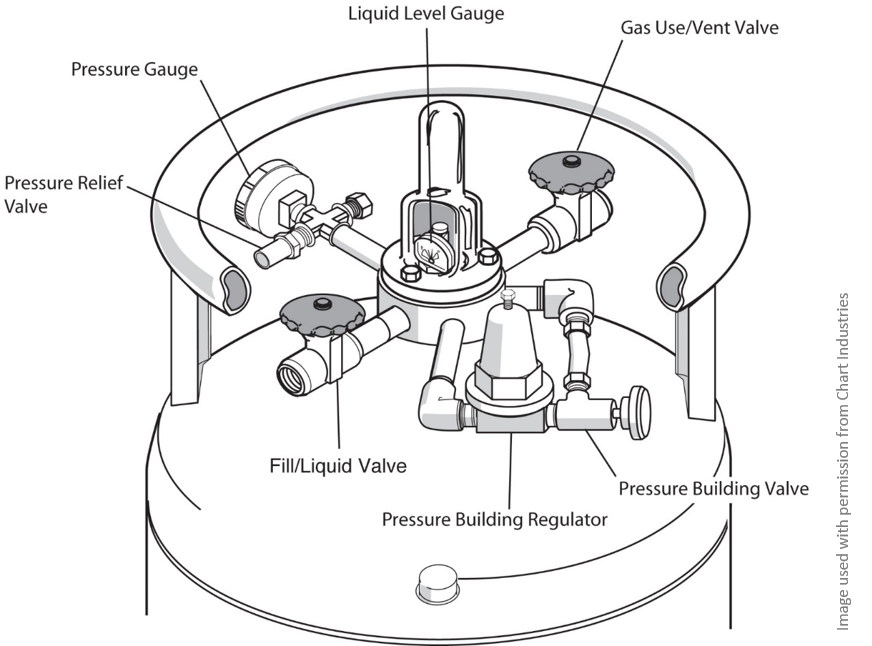
Use cryogenic liquids only in well ventilated areas or with local exhaust ventilation.
Liquid nitrogen tank venting. Then open the liquid use valve to allow head pressure in the tank head to force liquid up to withdrawal tube and out the liquid use valve. Nonrefrigerated and refrigerated 1998. Hazards associated with liquid nitrogen asphyxiation. While still allowing for venting of the ln 2 gas.
Cold rooms are poorly ventilated small rooms and must not be used for the storage of liquid nitrogen vessels. During transfer if pressure in the tank is higher than the normal liquid withdrawal pressure open the vent valve to lower the. Pressure may build up in liquid nitrogen storage cylinders. Transport the large low pressure liquid nitrogen cylinders used on campus are equipped with wheels and.
Hence if sufficient liquid nitrogen is vaporized so as to reduce the oxygen percentage to below 19 5 there is a risk of oxygen deficiency which may cause unconsciousness. This results in an oxygen deficient atmosphere particularly if vented into a closed space and asphyxia can result. Liquid withdrawal circuit this circuit takes liquid from the bot tom of the tank and deliv ers it directly to the liquid valve for customer use. In addition to these four circuits there is also a vent valve on the top of the tank that gives the end user or supplier the ability to vent the head pressure off of the tank for service or filling.
Never pour cryogenic liquids into any drain. 1990 specification for bursting discs and bursting disc devices british standards institution. Liquid withdrawal should be done at low pressure to prevent flash losses. When ln2 boils it produces gaseous nitrogen which displaces oxygen from the air.
Liquid nitrogen expands 695 times in volume when it vaporizes and has no warning properties such as odor or color. Api rp 2521 use of pressure vacuum vent valves for atmospheric loss first edition 1966. Safe handling and use of liquid nitrogen characteristics of nitrogen 78 of atmosphere colorless odorless tasteless and nontoxic boils at 320 degrees fahrenheit 196 c non flammable will not support life gas is slightly lighter than air liquid nitrogen facts 1 cubic foot of liquid nitrogen will expand to 696 cubic feet of 100 gaseous nitrogen at 70 f the nitrogen gas can displace the. Api std 2000 venting atmospheric and low pressure storage tanks.







